8 Ways to Optimize Your Home Improvement Call Center
Learn how you can optimize your call center to increase revenue as well as keep customers and employees satisfied with these 8 tips.
Assess these 10 components of your home service business to set yourself up for success this year—from processes and prices to customers and cash flow.
You know what they say…failing to plan is planning to fail. So as this year draws to a close and a new one comes sailing in, now is the time to take a look at your home service business health and do some planning.
What can you do to make this new year better than the last? In this 2024 business planning checklist, we’re sharing 10 things to examine in your home service business planning, based on key industry metrics and emerging trends, to make sure you’re set up to grow in the new year.
Here are 10 key components of your home service business to assess so you can ensure year-over-year growth—from processes and prices to customers and cash flow.
First and foremost, get a health check on your existing customer base. This doesn’t mean going through post-project feedback surveys. That type of feedback is important, but for your strategic business planning, consider sending a broader survey out at the beginning of the year related to your other strategies. Use multiple choice or scoring format to ask questions like:
Then leave an open ended question at the end for any other feedback they have. This type of information will help you know exactly what top-notch service looks like to your customers so you can continue to deliver as their preferences evolve.
Here’s a template you can use:
Happy New Year!
Our goal is to make each year better than the last for our customers, but we can’t do that without your input. Will you take this 3-minute feedback survey? Thank you in advance!
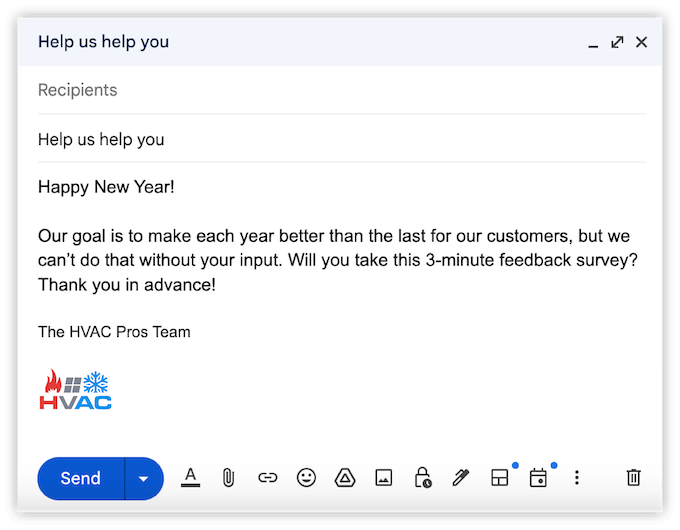
In addition to collecting feedback directly from your customers, you may also want to step into their shoes and take a stroll through your own customer journey. Map out all of their encounters with your business as they progress from onlooker to lead, lead to prospect, prospect to customer, and customer to repeat customer. Things to consider:
By going through the process yourself, you can identify areas of improvement as well as strengths to harness to ensure your customer experience sets you apart from competitors and meets consumer expectations.
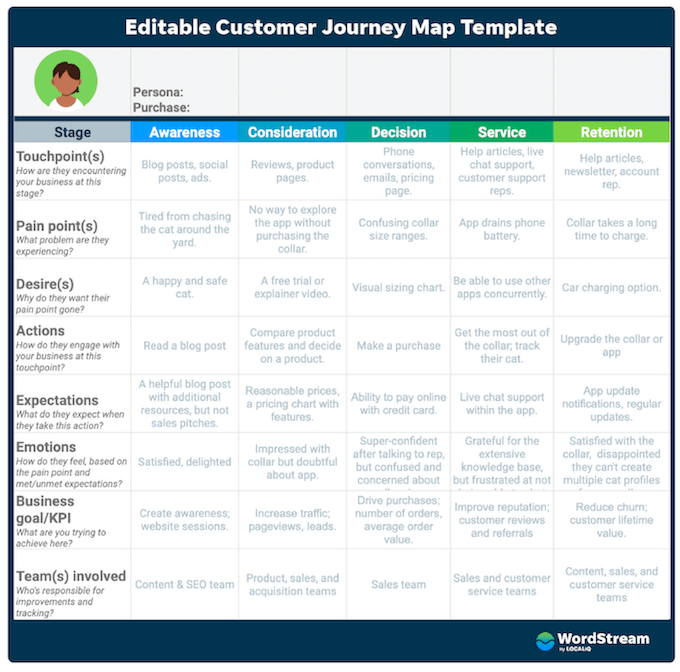
The above is one of several customer journey map templates you can use for your business.
Run a check up on your target market. Is it still a lucrative market for your business? Has anything changed about this market over the past year that could impact your profitability?
Make sure your customer personas are up to date based on current industry and consumer trends.
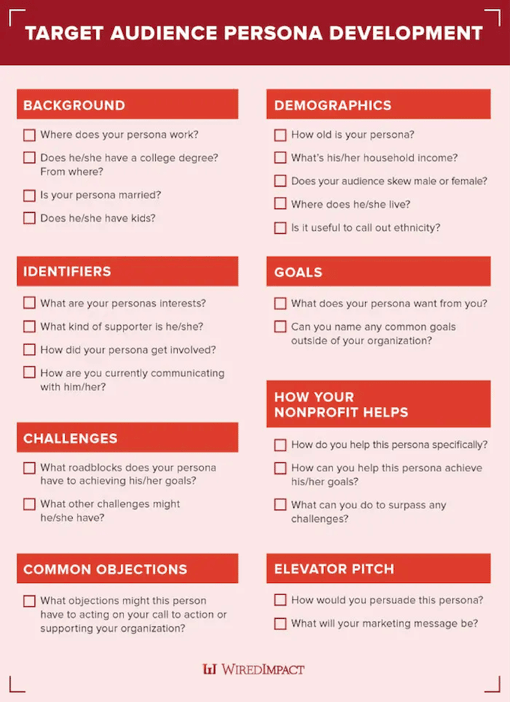
Also, take note of some of your best customers from the year. Which ones have been the most enjoyable to work with? Which ones have yielded the highest profits? Have you found more success with some clients over others? If you find any patterns, you may want to adjust, expand, or refine your target market or audience segments.
The next component of your business to check in on for the new year is your differentiators. Standing out in the home services space—or any industry, for that matter—doesn’t mean you have to offer cutting edge, never-seen-before products and services. Your positioning, and the manner in which you deliver products and services, is what allows you to stand out.
So as you go into the new year, make sure you know what it is about your products and services, your customer experience, and your brand that makes you different from competitors.
Here are some questions to consider to help you in nailing down your value propositions and differentiators:
For example, you might:
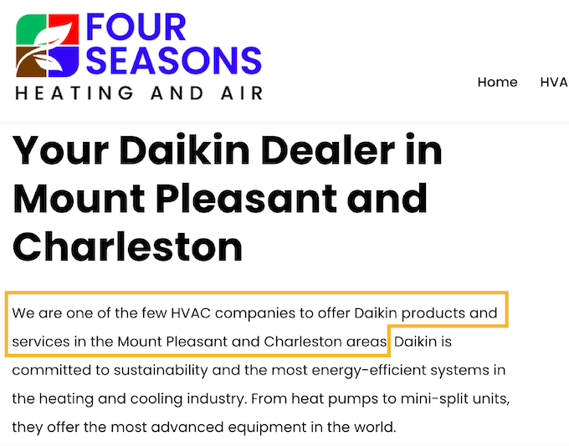
The next item of business in your 2024 planning checklist is your pricing. Are they high enough to cover your costs? Do they reflect your worth?
While affordability plays a big role in customer satisfaction, it’s not everything. If your prices are too low to make a profit, you won’t be able to invest in the tools, teams, and technology that improve other aspects of customer satisfaction. Remember that people don’t just pay for repairs and equipment; they pay for experiences.
If you have solid grounds on which to raise prices (cost of supplies, new industry fees, economic changes, for example), send out a message communicating the change to your customers. Be transparent and make sure you equip them with resources and contact information for any questions they have.
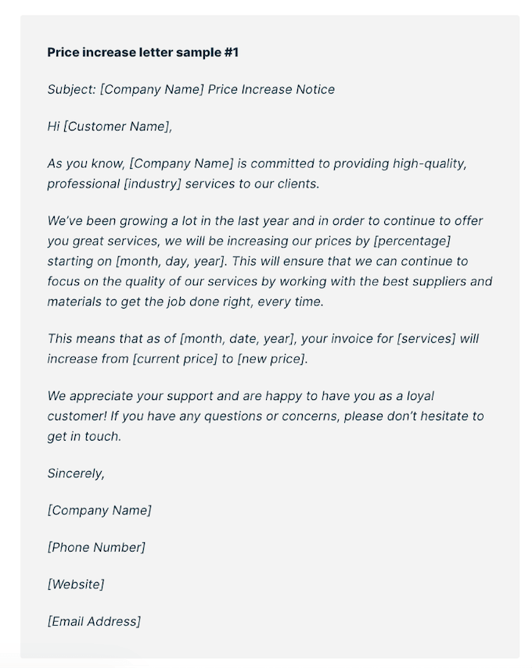
Jobber’s price increase tips and templates are a great resource.
What kind of planning guide would this be without a section on profitability? Here are two key things to consider when looking at financials for the year ahead:
Profit and loss (P&L) statement: This documents both your revenue and expenses to see if you’re making money (profit) or losing it (loss). This helps you to see whether you need to increase profit margins or lower your expenses to maintain profitability over the long term.
Use your P&L statement to first make sure that you’re making a profit. Then think about where you will be reinvesting that profit. You could invest more into more marketing, operational tools, team expansion, training, and more.
You can find an example HVAC P&L statement here as well as downloadable P&L templates here.
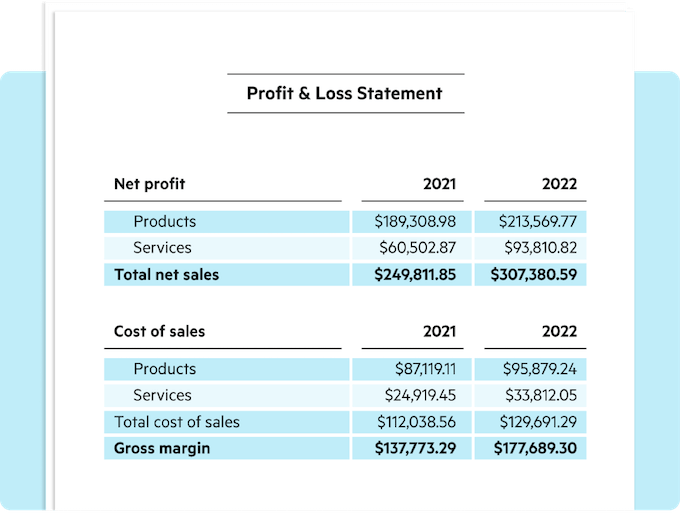
Remember, though, that money flows in and out of your business at fluctuating rates due to customer payment plans, seasonality, billing schedules, and other factors. So you’ll also want to look at your cash flow statement, which tells you how much money you have in your account at any point in time.
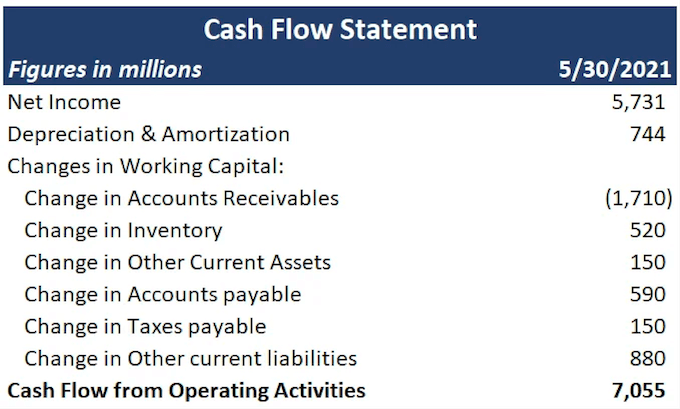
You can’t run a business without customers and you can’t attract customers without marketing. Some things to consider as you plan out your marketing for the new year:
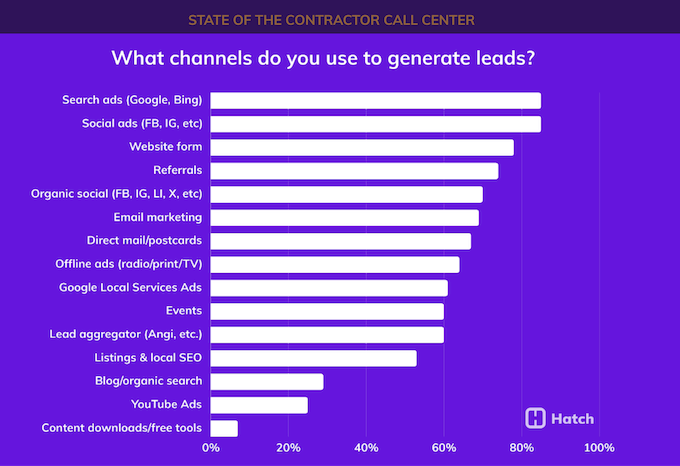
Your reputation falls under marketing, but with how much power reviews and referrals have today, it gets its own category here.
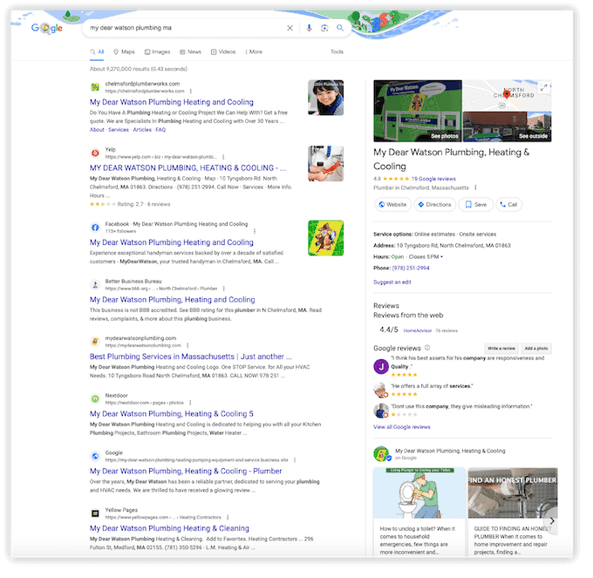
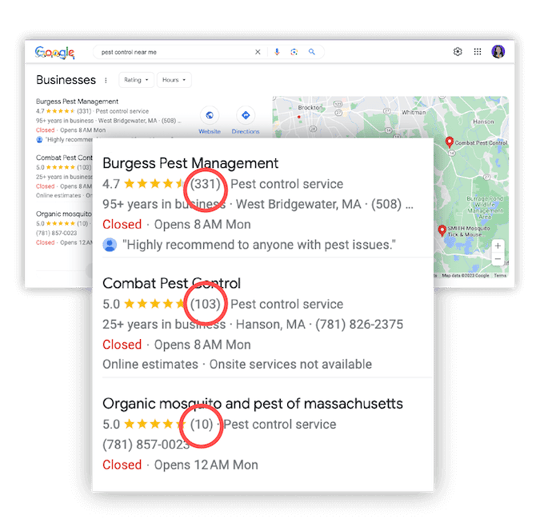
Revenue boils down to one thing: communication. You can’t conduct effective marketing, sales, or customer service without effective communication. And effective communication means saying the right things, at the right times, over the right channels. Take some time to evaluate your communication strategy
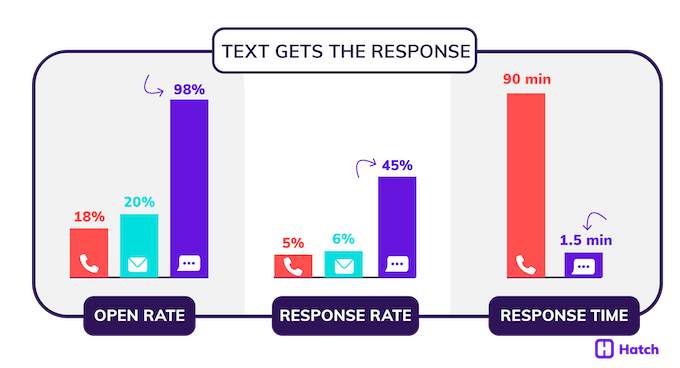
Operational efficiency is the Achilles Heel for many businesses. Too many executives get caught up in revenue at the expense of looking at the teams, tools, and processes behind it. The most successful businesses know that true and sustained growth isn’t about feeding the machine more fuel, but about equipping the machine to be able to produce more output with the same, or even less fuel. Here are some things to consider for operational efficiency in the new year:
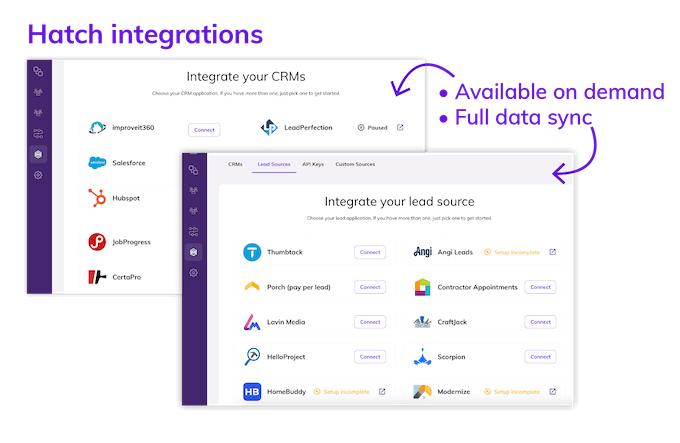

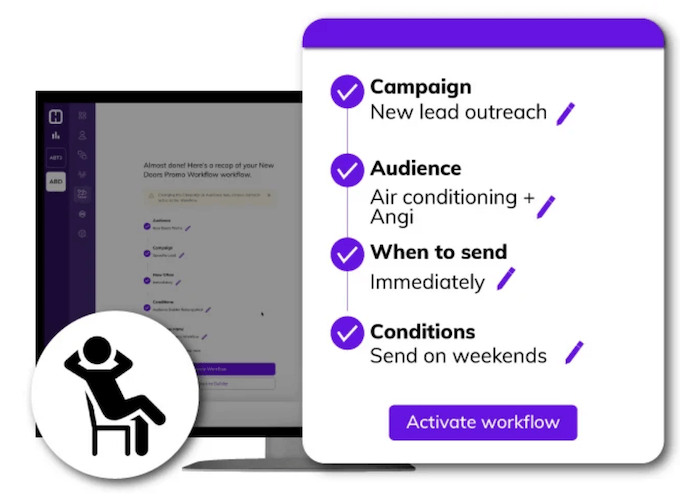
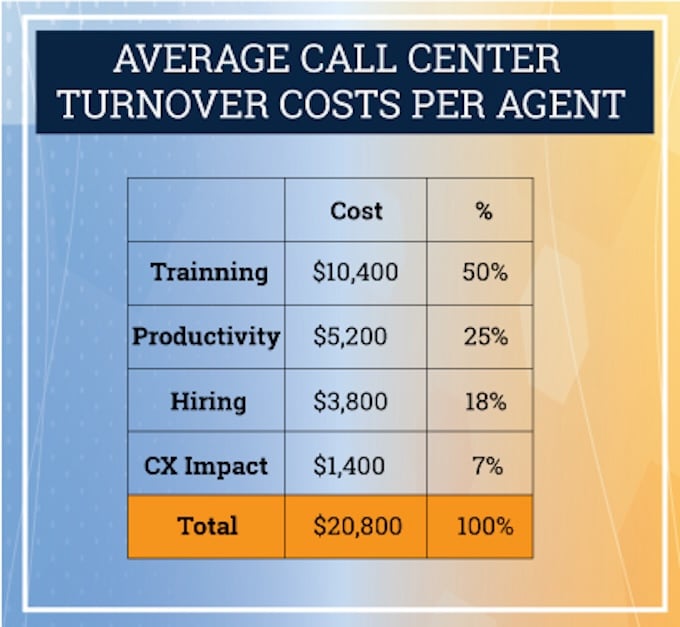
Revenue growth is made possible by several moving parts and pieces. It’s important to look at all of them and see not just how they ebb and flow individually, but also how they influence one another and how they ultimately come together to impact your business goals. As you strive to make this year better than the last, consider these ten aspects of your home service business and you’ll be on the right track.
Learn how you can optimize your call center to increase revenue as well as keep customers and employees satisfied with these 8 tips.
Use these 47 holiday HVAC marketing ideas, examples, and templates to engage contacts across your pipeline this holiday season.
Learn how you can optimize ServiceTitan for your HVAC company with tips to streamline your sales process, boost your ROI, and improve your brand.
Be the first to know about new sales and marketing insights to grow your messaging strategy with leads and customers.